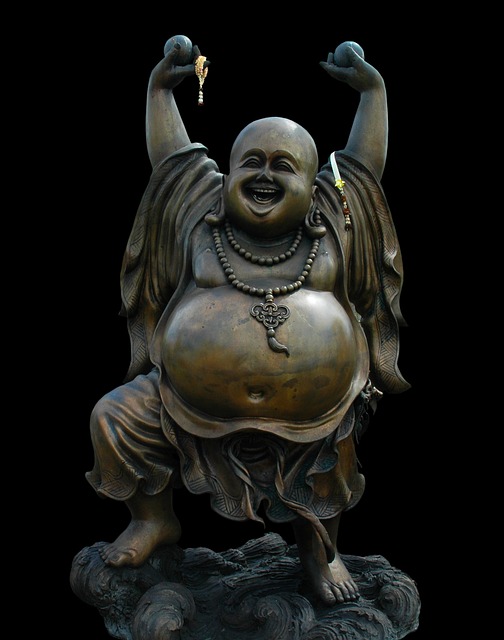Writing Like a Buddha: Deepening Focus

The purpose of Writing Like a Buddha is to develop a reverberation between the writer and the material he is writing. This is the development of non-duality; the integration of writer and writing into one shared experience.
In our Developing Focus exercise, one of the ways we experienced this was through rhythm. Rhythm is communication beyond words. Rhythm is the lilt of a message even when the words are imperceptible.
Rhythm is the experience between writer and the written words. If done well, it creates the same share space between reader and the written work.
Language is Sound
I am an old hippie with an LP on my shelf of the Doors doing The Soft Parade. The Doors had a thing for producing one long song per album that was half epic and half trip. Lead singer Jim Morrison’s voice sounded like he was speaking straight to me. Less like performance and more like one-on-one conversation.
At the end of one of the many transitions in The Soft Parade, Morrison drops the following lyrics on us:
The monk bought lunch.
Pop. Pop. Pop. Three monosyllabic punctuations, each with a hard opening sound.
Melville does the same thing with the opening of Moby Dick.
Call me Ishmael.
Is it intimate? Demanding? Or just plain in your face?
Listen to The Soft Parade or read Moby Dick and you get how short punches up the rhythm. Think of Nabokov’s lines My sin, my soul. Lo-lee-ta, from our last exercise.
It is easy enough to consider—short sentences punctuate because of their contrast to their accompanying longer sentences. But it’s more than that. The punctuation of confrontation. Here’s it not just the rhythm, but the words themselves that mist a slight bit of confusion in the air, emphasizing the space in-between. The bardo of wordplay.
Haiku
There is no better bardo than a well-crafted haiku. Haikus can be direct and mysterious in a single read.
Consider the following haiku from Basho.
Winter Day:
On horseback,
a frozen shadow.
Here Basho alternates between the world around him (Winter Day) to himself (on horseback), and then back to the world (a frozen shadow). An integration of one with other.
Where am I going with this?
All writing is a resonance. Between writer and the written. Between reader and what they read. Between calm and challenge. Between this and that.
The dramatic is contrast. The resonance is equanimity.
An exercise
Go for a hike. Maybe in your neighborhood. Maybe somewhere else. Take a pad and pen. Stay out for an hour, and focus on absorbing your environment.
Focus less on what you see, and more on the sounds. How do they overlay? Hear the sound between the sounds. If it’s particularly quiet, focus on the soft sounds that typically stay hidden.
Feel the resonance inside yourself.
While you hike, write a haiku in three lines. Stay within the discipline of the 5-7-5. Five syllables in the first line, seven in the second, five in the third.
Write the entire haiku all at once, or write a few words and then walk a bit, and then write some more. However it resonates for you.
Select your words carefully. Avoid editing. Once you’ve commented words to page, do not scratch out or replace them. Practice the principle of First Mind, Best Mind.
When you return home, put your haiku away. Only re-visit is after three days. Is what you feel reading the haiku different than what you felt while writing it?
